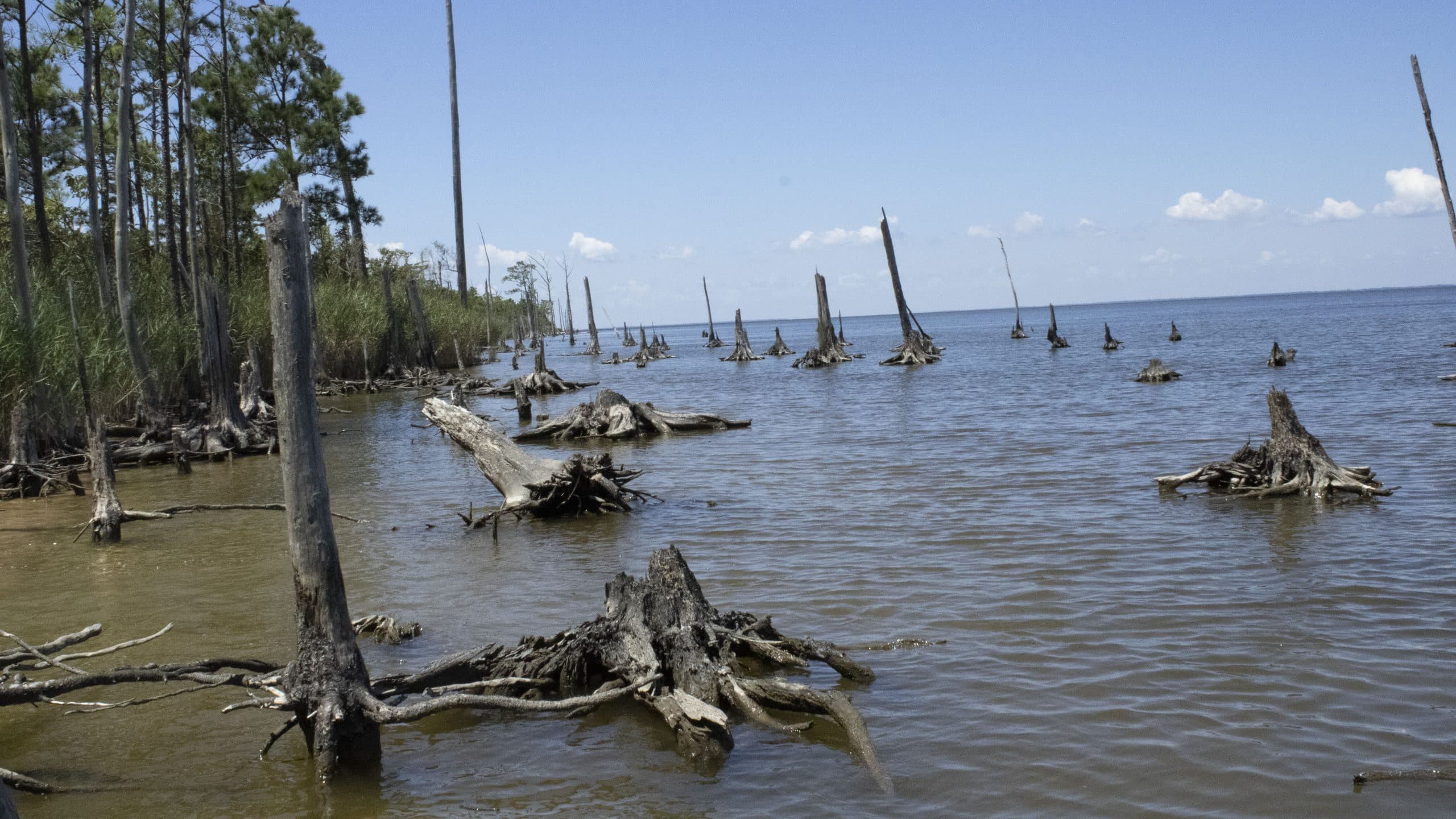Can Forests Slow Urban Sprawl?

Urban areas across the United States are growing quickly, often removing surrounding farmland and forest resources. Rapid urbanization with low density sprawl presents numerous challenges to achieving healthy resilient communities, says Ross Meentemeyer, director of the Center for Geospatial Analytics at NC State. Urbanization can increase stormwater runoff and fragment critical wildlife habitat, adds Jordan Smith, an assistant professor in the Department of Environment and Society at Utah State University.
“But urban areas surrounded by forests may have a secret weapon,” Smith continues. “Forests sequester carbon from the atmosphere, an ecosystem service that offsets greenhouse gas emissions. Because of this, the carbon that is taken out of the atmosphere has a financial value. It’s the commodity that is bought and sold in so-called ‘cap-and-trade’ policies designed to reduce emissions in the future.”
At NC State University, Smith and Meentemeyer were interested to see if forest owners in rapidly urbanizing regions would be tempted to keep their properties if they could get paid for carbon being sequestered by the trees on their property.
“We developed a survey that asked forest owners if they would be willing to enroll in a program where they were compensated for managing their forests in a way that maximized carbon sequestration,” Smith explains. “We then compared the results of this survey with the market value of their properties. Our results showed that the value of carbon today, which is less than $10 per ton, is simply too low to compete with the large financial returns that landowners can receive from selling their property to developers. The cost of carbon would have to be closer to $100 per ton for equivalent returns.”
Smith goes on to note that his team’s findings aren’t all doom-and-gloom. They did find that some forest owners were more willing than others to participate in a program where they’d be compensated for the carbon sequestered by trees on their properties. Individuals with higher education levels and those with smaller incomes were more likely to indicate an intent to enroll in these types of programs. These individuals are likely to be the early adopters of payments for carbon sequestration policies if and when they become more viable, says Smith.
The research completed by Dr. Smith, Dr. Meentemeyer, and colleagues was published January 5, 2017, in the journal Forest Science.
Editor’s note: An earlier version of this article appeared as a press release by Utah State University.
- Categories:


